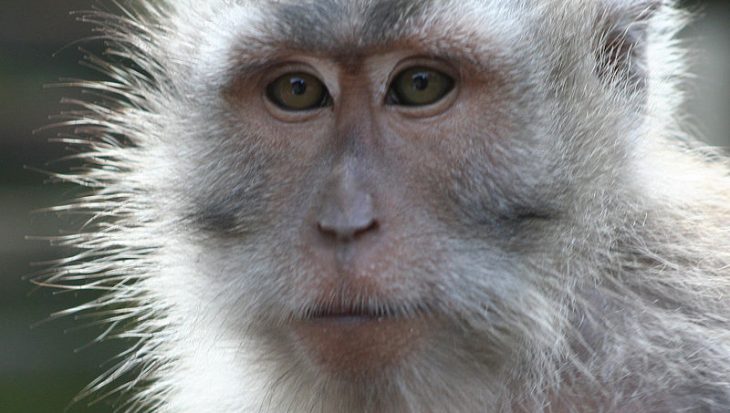Under the latest plans, squirrels will be trapped in metal traps potentially for hours. They won’t sit in the traps and go to sleep – they will spend the time biting the metal bars and scratching the metal floors with their claws in fear. They will exhaust themselves, time after time as they repeatedly attempt to escape. Eventually a trapper will turn up and pick up the traps, and the squirrel will be in a complete panic. Then the squirrel will be tipped into a small sack, and the trapper will try to force the squirming animal’s head into the end of the bag, so that he can club it to death. There is no doubt that there will be many occasions when the trapper has to bludgeon the animal several times to kill them.
Except in the months of September to March, baby squirrels are totally reliant on their mothers. When the mother is trapped and killed, her babies will slowly die of thirst or starvation in their nests. Does this sound humane to you?


